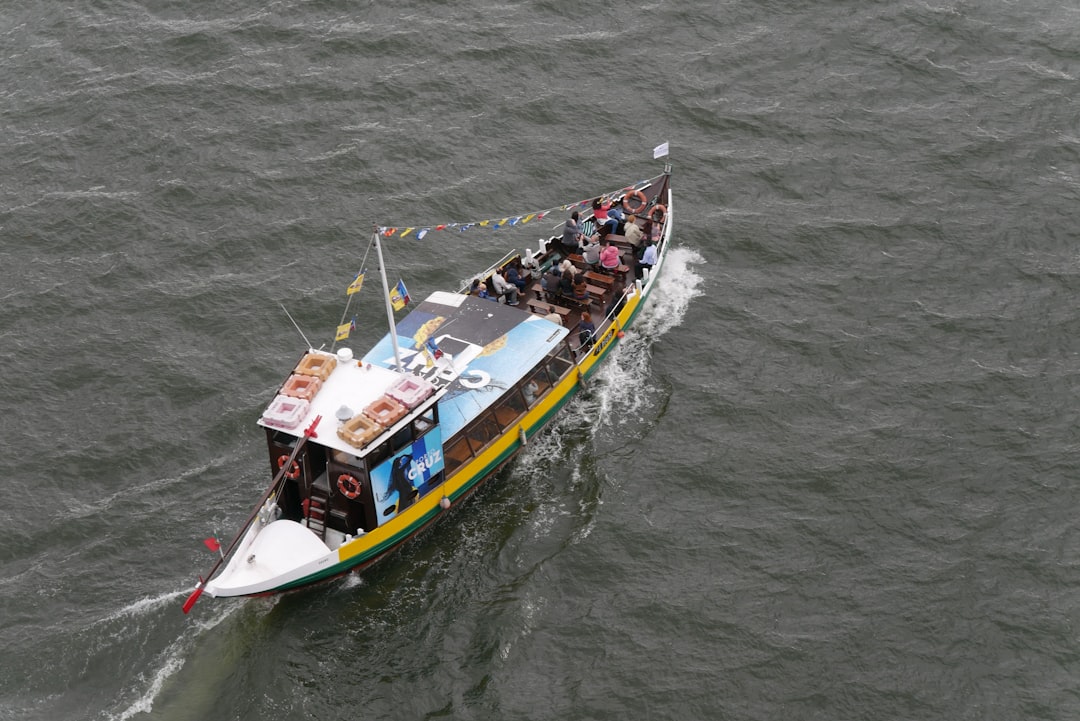A Pattern of Precision Strikes (image credits: Unsplash)
Off the coast of Venezuela – waves crashing under a tense morning sky, the U.S. military delivered another decisive blow to suspected drug runners, turning a smuggling vessel into wreckage before it could reach American waters.
A Pattern of Precision Strikes
Imagine the high-stakes cat-and-mouse game playing out in the Caribbean: the U.S. Navy spots a boat loaded with narcotics, and in a flash, it’s gone. This latest action marks the fourth time in just a few weeks that American forces have targeted such vessels near Venezuela. Defense Secretary Pete Hegseth didn’t mince words, calling the boat a “narco-trafficking vessel” packed with enough drugs to devastate thousands of lives.
The strike happened early Friday, October 3, wiping out all four people on board. It’s part of a broader push under the Trump administration to choke off the flow of illegal substances heading north. Officials say these operations are saving lives by intercepting shipments that could fuel addiction crises back home.
But not everyone sees it as straightforward heroism. Critics point to the choppy international waters, questioning if these hits cross legal lines without clear permission from other nations.
Why Venezuela’s Coastline Is a Hotspot
Venezuela has long been a notorious launchpad for drug cartels, with its rugged shores and unstable politics making it ideal for smugglers. Gangs tied to groups like the Tren de Aragua operate freely, allegedly with ties to the government. The U.S. claims these boats are run by “narco-terrorists,” blending crime with threats to national security.
This isn’t random; intelligence tracks these vessels from takeoff to potential U.S. drop points. The latest one was reportedly carrying a massive haul destined for American streets. By striking preemptively, the military aims to disrupt networks before they spread harm.
The Human Cost and Global Backlash
Four lives ended in an instant – that’s the stark reality of these encounters. While U.S. leaders frame it as justice against criminals, families and human rights groups mourn the dead and demand accountability. Was there a chance for capture instead of confrontation?
Internationally, the strikes stir unease. Venezuela calls them acts of aggression, and experts debate their fit under maritime law. The U.N. might weigh in soon, especially after an earlier hit that killed 11 in September raised similar alarms.
Still, supporters argue the ends justify the means in a war that’s claimed far more victims through drugs than these operations ever could.
Inside the U.S. Strategy
These aren’t cowboy antics; they’re calculated moves backed by surveillance drones, satellite intel, and joint task forces. The Navy’s approach focuses on high-value targets, minimizing risks to innocents. President Trump has praised the efforts, saying they’re a direct response to the opioid epidemic ravaging communities.
Funding for these ops comes from anti-drug budgets, with Congress briefed after each strike. It’s a shift from past policies, emphasizing offense over defense in the fight against cartels.
- Real-time monitoring of coastal routes
- Coordination with allies like Colombia
- Post-strike analysis to map cartel patterns
- Legal reviews to ensure compliance
- Public updates to build support
Comparing the Recent Strikes
To grasp the escalation, let’s look at how these actions stack up. Each one builds on the last, showing a ramped-up tempo.
| Strike Date | People Killed | Key Details |
|---|---|---|
| September 2025 | 11 | First major hit; targeted cartel-linked boat |
| Late September | Unknown | Follow-up operation; details sparse |
| Early October | 4 | Third strike; massive drug load intercepted |
| October 3 | 4 | Latest; Hegseth announces “narco-terrorists” down |
This table highlights the frequency – from one big splash to steady pressure. Each success reportedly prevents tons of drugs from hitting U.S. shores.
Looking Ahead: Will It Deter the Cartels?
Cartels adapt quickly, rerouting through riskier paths or using submarines. But these strikes send a message: America’s watching, and it’s not afraid to act. Long-term, they could force smugglers to rethink Venezuela as a base.
Challenges remain, from diplomatic fallout to proving every target guilty. Yet, if the goal is fewer overdoses and safer streets, this aggressive stance might just tip the scales.
Key Takeaways
- U.S. strikes are escalating to combat drug flows from Venezuela.
- Each operation targets vessels linked to narco-terror groups, saving potential lives.
- Legal and ethical debates continue, but the focus stays on disrupting cartels.
In the end, these Caribbean clashes remind us that the war on drugs is as much about resolve as resources – a tough fight where every sunk boat could mean one less tragedy on our streets. What do you think about this approach? Share your thoughts in the comments.








